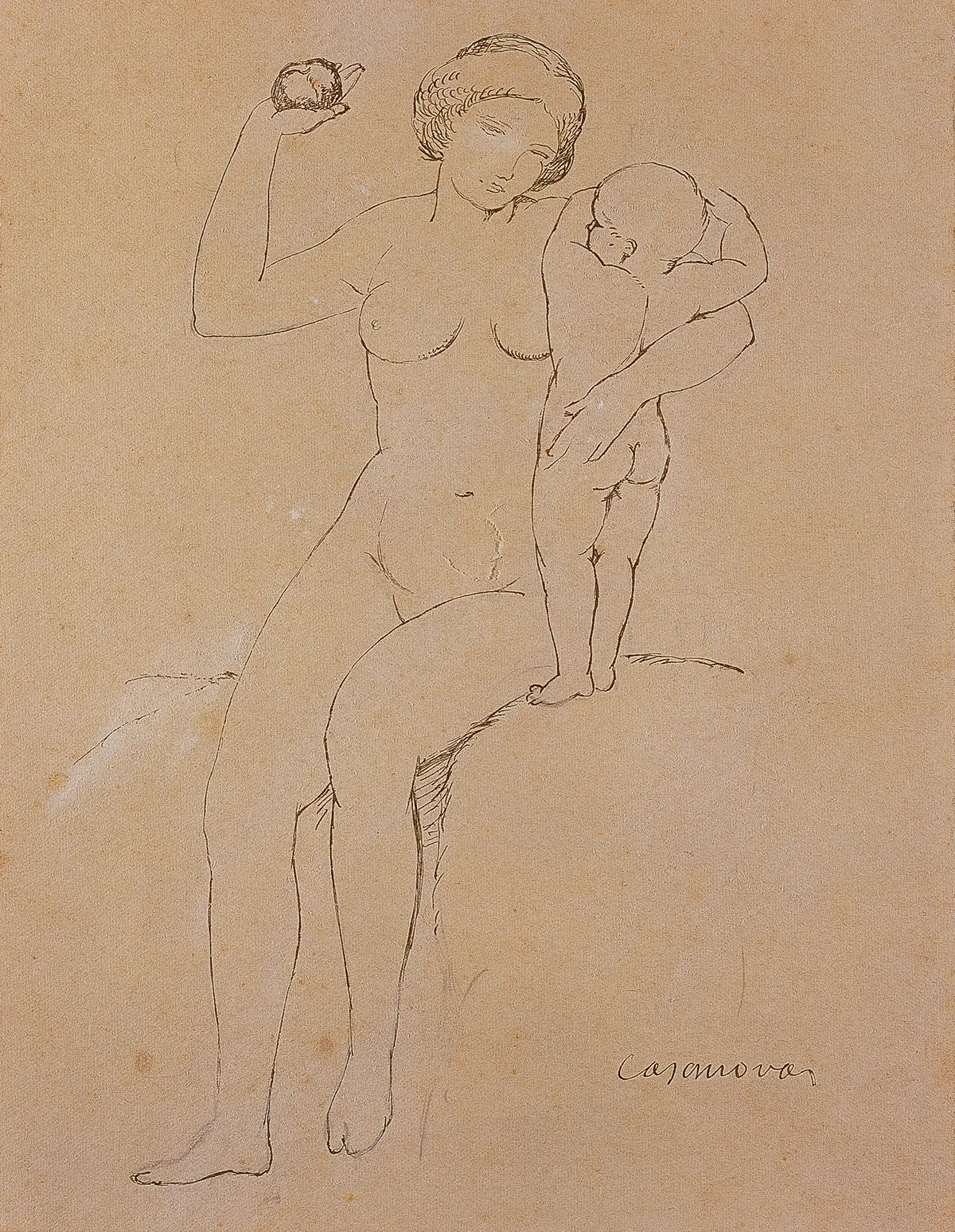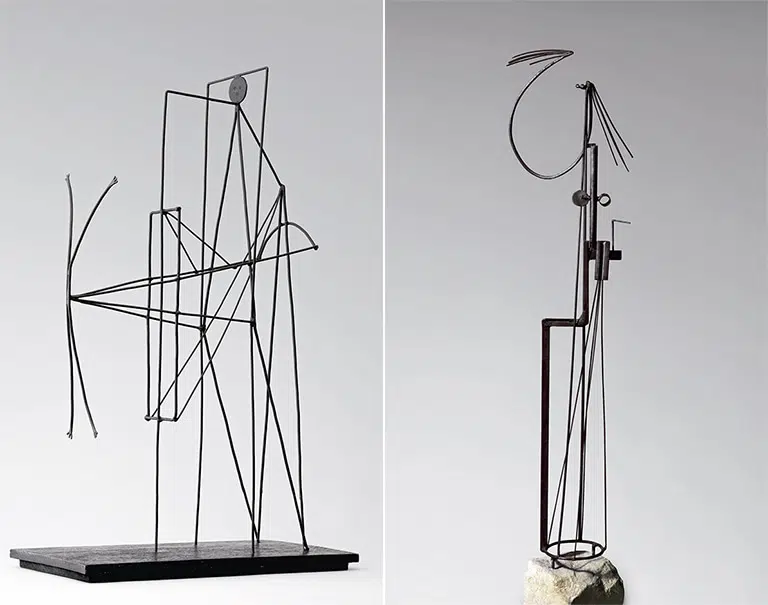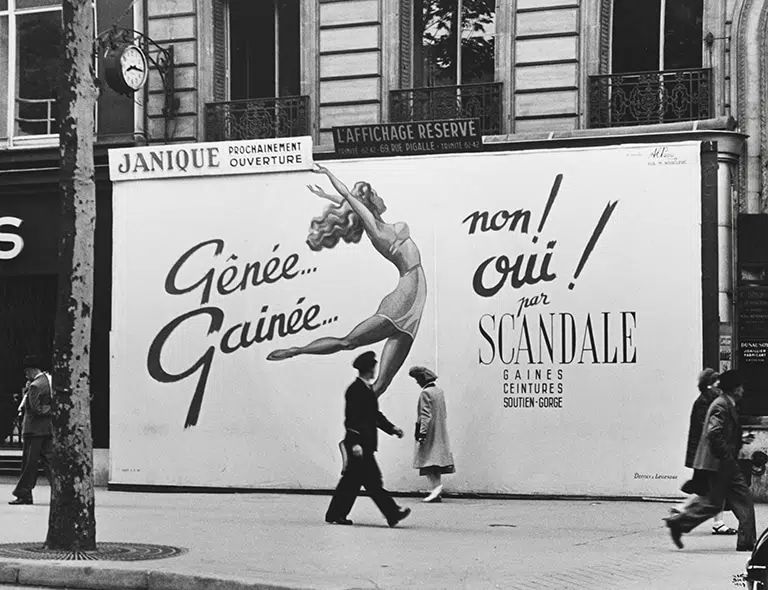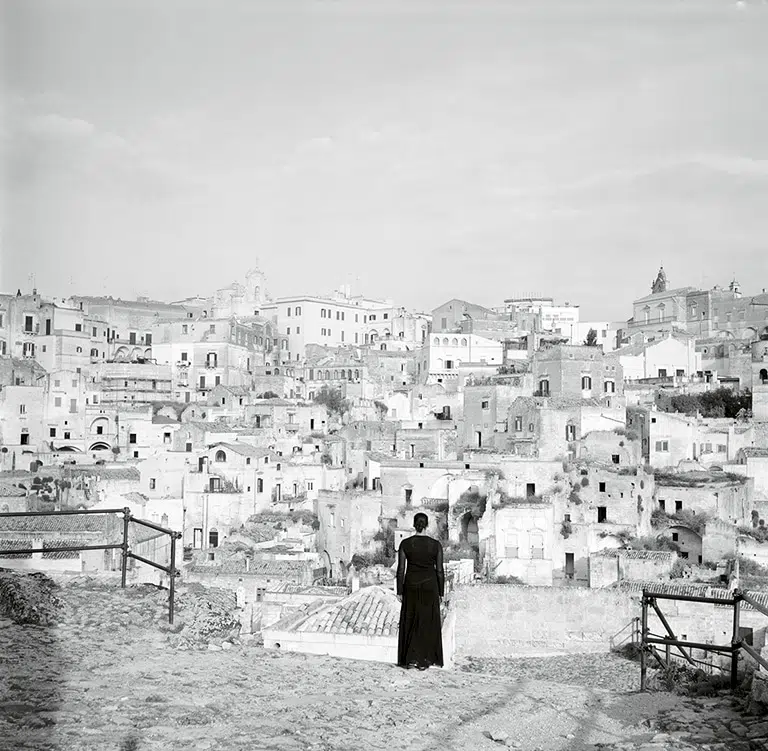Maternity

Enric Casanovas
Maternity, ca.1920-1925
© Enric Casanovas, VEGAP. Madrid, 2020
© Fundación MAPFRE COLLECTIONS
Technique
Chinese ink on paper
Dimensions
Dimensions of printed area: 22,5 × 17,5 cm
Dimensions frame: 48 × 44 x 4 cm
Inventory
FM000260
Description
The drawings of this sculptor, who died in Barcelona in 1948, are not well known. This does not mean, however, that Casanovas was technically sloppy. Proof of this is the drawing we find here, conceived as a work in itself and not merely a preliminary exercise in the sculptural creation. Clearly Casanovas, like most sculptors, used drawing as an instrument to explore forms and subject matter. While he was not overly fond of exhibiting his drawings, he did not hide them either: while clearly identifying himself as a sculptor, his exhibitions did not include work resting flatly on a plane but rather pieces that always had volume.
Casanovas drew assiduously throughout his life, though there was a particularly bountiful period that deserves special mention. These are the drawings made during his exile in Avignon, in which female faces are symbolically covered with a veil and the habitual smile in his work vanishes completely. Lack of materials, perhaps, or the looming degenerative disease that would affect the sculptor’s hands, in addition to the temporary nature of his circumstances, his age and the restless concern caused by an uncertain future, highlighted by a return to Catalonia, undoubtedly imbued these drawings with an air of sadness that substituted, in part, his creative activity.
Along with Josep Clará, Enric Casanovas was a pioneer sculptor in the development of the new model of sculpture usually defined as “Mediterranean”, created in Catalonia at the beginning of the 20th century. Casanovas added a personal touch to this style, one that was solid and robust while at the same time endowing it with his smiling face, an element so difficult to express in sculpture that only he knew how to do it. Perhaps he learned how during his decisive stay in Paris at the beginning of the century from workshop master Joseph Bernard. The young and substantial women to whom Casanovas gave form also served as an archetype: of the idea of youth —widely reflected in the titles of his works—, of the idea of woman, of the myth of Mediterranean Catalonia, of the classical ideal renewed through sculpture. The body of the young and healthy woman, naked as essential truth and optimistic about the future, became an ideal; a counterpoint, the realization and encounter with reality, while infused with his own personal touch and subtle vision, were portraits transformed into his own theme: the “Woman’s head”.
In this drawing, Casanovas idealizes the theme of maternity, moving it from its immediate context into a timeless realm. The yearning for timelessness, as well as the intended vagueness in finding it —reference to the landscape is totally generic— leads us to only one conclusion: the use of subject matter as archetypal and idealizing desire: the woman/mother source of life and continuity of the human species, responsible for emotional relationships and transmitter of relational and cultural values, essentially, its own language and cultural traditions. The nudity of the figures placed in a natural setting, the same as the hair gathered at the back of the woman’s neck and parted in two bands, suggests classical typology. Another element, the apple the woman is holding and with which she seems to play with the child, can also situate us in mythological terrain. In fact, Casanovas addressed the theme of Eve, the “Pomona”, as well as the duality of figures: the young woman in connection with a child in such themes as Youth and love or in different maternity inspired works such as Mujer de la manzana (Woman and the Apple), in bronze, from his mature period. This work therefore reflects and becomes another instance of the sculptor’s common motifs.
[Teresa Camps]
Signed in the lower right corner
ABRIL, Manuel. Enrique Casanovas. Madrid. Calleja, 1919.
ALIX, Josefina. Escultura española 1900/1936, Madrid: Ediciones El Viso, 1985.
CADENA, Blanca, Casanovas, escultura y dibujos, Madrid: Galería Biosca, 1977.
CAMPS MIRÓ, Teresa. Enric Casanovas, Barcelona: Publicaciones del Ayuntamiento de Barcelona, 1984.
– E. Casanovas. Barcelona: Àmbit Serveis Ed., 1988.
COMADIRA, Narcís. Enric Casanovas (a la recerca d’una Ben Plantada no nascuda). Girona: Ajuntament, 1989.
DOÑATE, Mercè, y SENDRA, Eloísa. Enric Casanovas. Barcelona: Ayuntamiento de Barcelona, 1985.
GARCÍA, Isabel y ABEIJÓN, José I. Vanguardia sobre papel (1900-1950). Madrid. Galería Guillermo de Osma, 1999.
PLA, Josep. Enric Casanovas. Barcelona: La Revista, 1920.
PORTELL, Susanna y CALZADA I SALAVEDRA, Arcadi. Enric Casanovas, escultor i amic. Girona: Fundació Caixa Girona, 2008.




